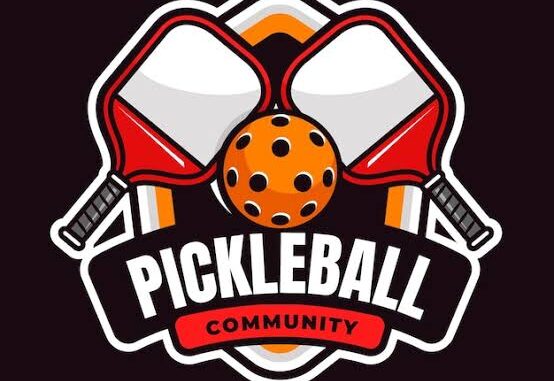
Pickleball faces financial crisis…
**Pickleball Faces Financial Crisis: A Sport at a Crossroads**
Pickleball, the engaging blend of tennis, badminton, and ping-pong, has experienced an unprecedented surge in popularity over the past decade. With its easy-to-learn rules, low-cost equipment, and accessibility for players of all ages, it has quickly become one of the fastest-growing sports in the United States and beyond. However, as vibrant as its rise has been, this burgeoning sport now finds itself grappling with a burgeoning financial crisis that threatens its sustainability and growth.
The financial strain on pickleball is attributed to several interrelated factors. First and foremost is the infrastructure challenge. As a relatively new sport, many communities and recreation centers across the country jumped on the pickleball bandwagon, often hastily converting underutilized tennis courts into pickleball facilities. While this helped accommodate the increasing demand for places to play, it has also led to an underfunded and poorly maintained infrastructure. Many facilities lack proper amenities, such as adequate lighting, restrooms, and seating areas, which can deter potential players and limit tournament hosting capabilities.
Moreover, while there are numerous grassroots clubs and local leagues dedicated to promoting pickleball, the absence of a centralized governing body has resulted in a fragmented landscape. National organizations, like the USA Pickleball Association, have emerged to promote the sport and provide guidelines, but they face financial challenges in gaining widespread support. The lack of a robust organizational framework can limit sponsorship opportunities, which are critical to stabilizing the financial foundation of the sport. With corporate sponsors often favoring more established sports, local pickleball organizations struggle to secure the funding necessary for developing facilities, organizing tournaments, and implementing marketing strategies to attract new players.
The COVID-19 pandemic, while initially a setback for many sports, created a temporary boom for pickleball as people sought outdoor recreational activities during lockdowns. However, as social distancing restrictions eased and traditional sports returned to the forefront, many former players began to drift back to other sports. The initial excitement surrounding pickleball led to a surge in equipment sales, but as players returned to their previous interests, sales have begun to stagnate. This decline in participation has translated into revenue loss for manufacturers, retailers, and local clubs.
In response to the financial crisis, many organizations are seeking innovative strategies to stabilize the sport’s economy. Initiatives to raise awareness and promote the health benefits of pickleball are gaining traction. Programs aimed at integrating pickleball into schools and community youth sports programs could foster a new generation of players. Additionally, partnerships with health organizations emphasizing the sport’s physical and social benefits may help secure funding and sponsorships.
At this critical juncture, the pickleball community must unite to advocate for coordinated efforts that promote sustainability. Engaging local governments to invest in dedicated pickleball courts and amenities could alleviate some infrastructure pressures. Grant applications and community initiatives can collectively foster an ecosystem where pickleball not only thrives but actively contributes to local health and well-being.
If the pickleball community can navigate these financial challenges effectively, it may emerge stronger and more sustainable. With the right support and vision, what initially seemed like a decline could instead become an opportunity for reimagining the future of pickleball—ensuring that it remains a beloved pastime for generations to come. The road ahead may be fraught with challenges, but the shared enthusiasm and commitment of its players, promoters, and supporters could signal brighter days for the sport.
Leave a Reply